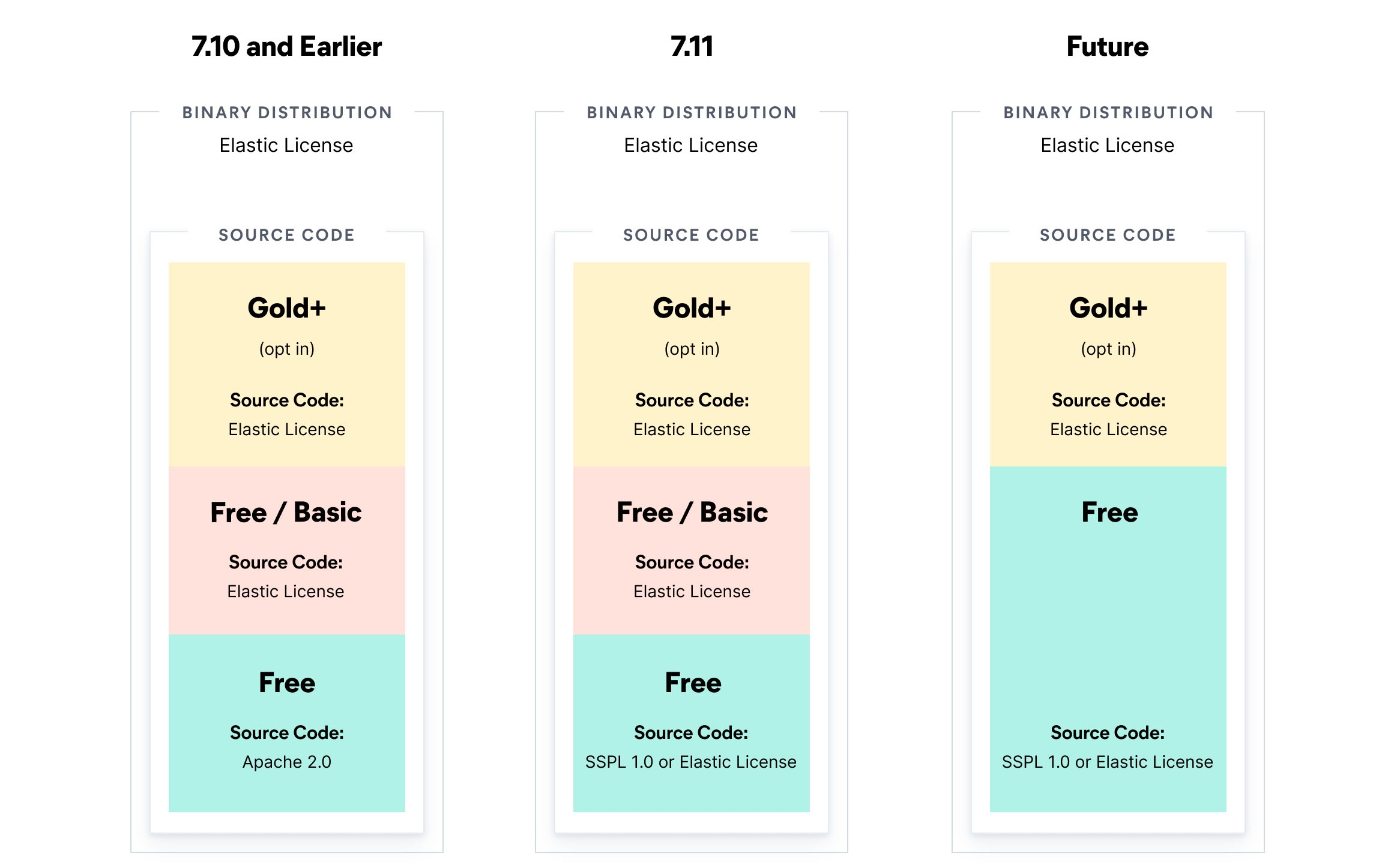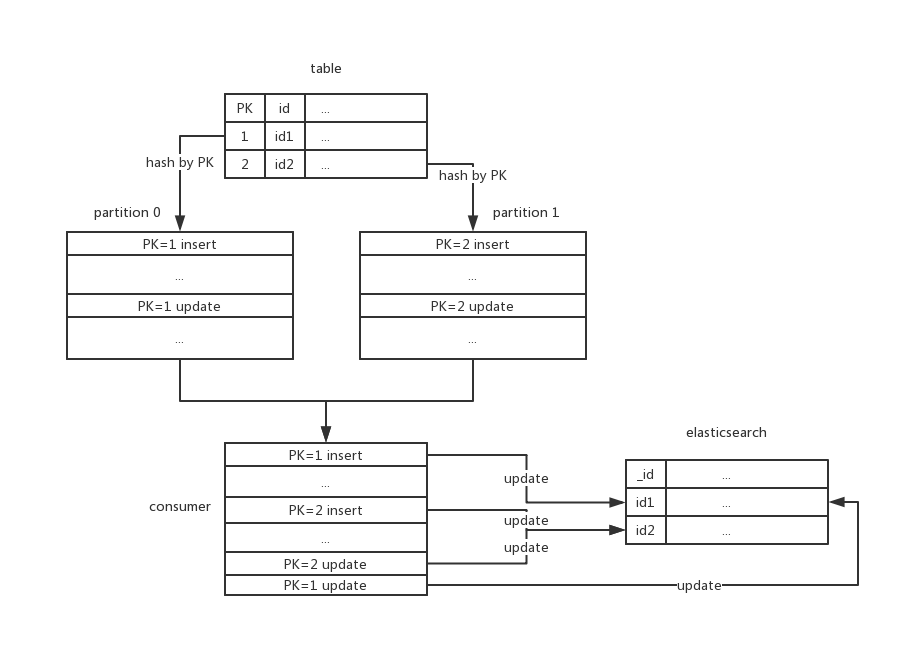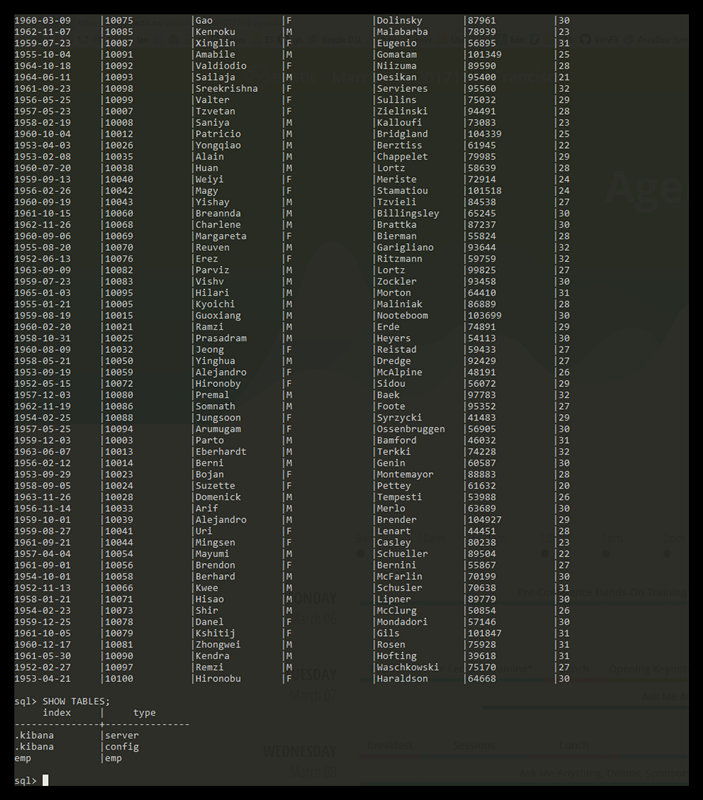Elasticsearch是一个分布式系统。当documents被创建、更新或者删除,其新版本会被复制到集群的其它节点。Elasticsearch既是异步的(asynchronous )也是同步的(concurrent),其含义是复制请求都是并行发送的,但是到达目的地的顺序是无序的。Elasticsearch系统需要一种方法使得老版本的文档永远都无法覆盖新的版本。
每当文档被改变的时候,文档中的_version将会被增加(+1)。Elasticsearch使用_version确保所有的修改都会按照正确的顺序执行。如果文档旧的版本在新的版本之后到达,它会被简单的忽略。
我们可以充分利用_version这个特点确保数据不会因为修改冲突而丢失,我们可以指定文档的version来做想要的更改。如果那个版本号不是现在的,我们的请求就失败了。让我们创建一个新的blog post:
PUT /website/blog/1/_create
{
"title": "My first blog entry",
"text": "Just trying this out..."
}
从响应的内容可以看出这个新创建文档的_version为1。现在假如我们需要修改这个文档:我们将这个文档的数据加载到web表单中,然后我们对其进行修改,然后保存这份数据。首先我们来检索这份文档:
GET /website/blog/1
响应内容包含一个_version的内容
{
"_index" : "website",
"_type" : "blog",
"_id" : "1",
"_version" : 1,
"found" : true,
"_source" : {
"title": "My first blog entry",
"text": "Just trying this out..."
}
}
现在我们将上面web修改的内容进行保存,并重新索引(reindexing),我们在请求的URL中加入了version使得我们的修改被应用:
PUT /website/blog/1?version=1
{
"title": "My first blog entry",
"text": "Starting to get the hang of this..."
}
我们只希望文档的_version为1的时候更新才生效。
当然,本次的请求会成功,请求返回的内容告诉我们_version已经变成2了,如下所示:
{
"_index": "website",
"_type": "blog",
"_id": "1",
"_version": 2
"created": false
}
然而,当我们重新运行上面的修改请求,也就是version=1,这时候Elasticsearch将会返回409 Conflict状态的HTTP响应码,响应内容如下:
{
"error": {
"root_cause": [
{
"type": "version_conflict_engine_exception",
"reason": "[blog][1]: version conflict, current [2], provided [1]",
"index": "website",
"shard": "3"
}
],
"type": "version_conflict_engine_exception",
"reason": "[blog][1]: version conflict, current [2], provided [1]",
"index": "website",
"shard": "3"
},
"status": 409
}
上面的相应内容告诉我们当前Elasticsearch中该文档的_version是2,但是我们指定想要更新的版本是1。
Elasticsearch对409响应码的解释是:
The request could not be completed due to a conflict with the current state of the resource. This code is
only allowed in situations where it is expected that the user might be able to resolve the conflict and
resubmit the request. The response body SHOULD include enough information for the user to recognize the
source of the conflict. Ideally, the response entity would include enough information for the user or user
agent to fix the problem; however, that might not be possible and is not required.Conflicts are most likely to occur in response to a PUT request. For example, if versioning were being
used and the entity being PUT included changes to a resource which conflict with those made by an earlier
(third-party) request, the server might use the 409 response to indicate that it can't complete the request.
In this case, the response entity would likely contain a list of the differences between the two versions in
a format defined by the response Content-Type.
我们需要做什么取决于程序的需求。我们可以告知用户其他人修改了文档,你应该在保存前再看一下。
所有更新和删除文档的请求都接受version参数,它可以允许在你的代码中增加乐观锁控制(optimistic concurrency control)。
本文翻译自:https://www.elastic.co/guide/en/elasticsearch/guide/current/optimistic-concurrency-control.html
本博客文章除特别声明,全部都是原创!原创文章版权归过往记忆大数据(过往记忆)所有,未经许可不得转载。
本文链接: 【Elasticsearch乐观锁并发控制(optimistic concurrency control)】(https://www.iteblog.com/archives/1743.html)









very nice.
更新的时候必须好用。